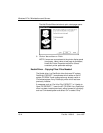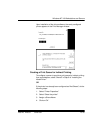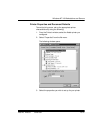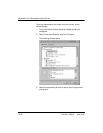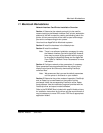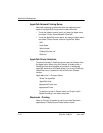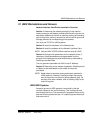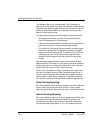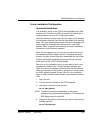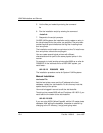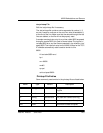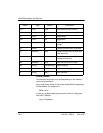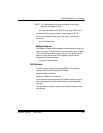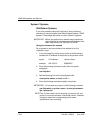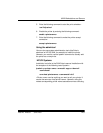
UNIX Workstations and Servers
12-2 Part No. 1H9613 June 1997
The reference file for lpr is /etc/printcap. This file contains a
description of the printer, the name of the directory where the job
is spooled, the accounting file for the printer, the error file for the
printer, and the filters used for any further processing of data
before it is sent to the printer.
The lpd provides access control through the following process:
• All requests must come from one of the systems listed in
either /etc/hosts.equiv or /etc/hosts.lpd.
• If the printcap entry specifies rc capability, only lpr requests for
users with accounts on local machines are honored.
• The lock file in each spool directory stores information about
the daemon process for lp programs and prevents multiple
programs from becoming active. The lock file is an ASCII file
containing two lines.The first line is the process ID of the
daemon, and the second is the file name of the job being
printed.
After the daemon sets the lock, it scans the directory for files
beginning with cf. The lines in a cf file specify files to be printed or
nonprinting actions. It contains information such as the name of
the job, the host name, and the name of the user.
When a file is spooled for printing, its contents are copied into a
data file in the spool directory. Data file names begin with df. If
you do not want data files to be copied into the spool directory,
use the option -s with the lpr command. The spooling software
then creates a symbolic link to the files instead of copying them.
Direct Printing/Spooling
Run the installation script on every computer that will access the
printer. Define the printer as a local printer on every system.
Users will spool directly from their own print queues to the printer.
Indirect Printing/Spooling
Run the installation script only on the computers that will be used
as network spooling hosts (servers). Define the printer as a
remote printer on every other machine. Users will forward the
jobs to the spooling host which, in turn, will access the printer.



